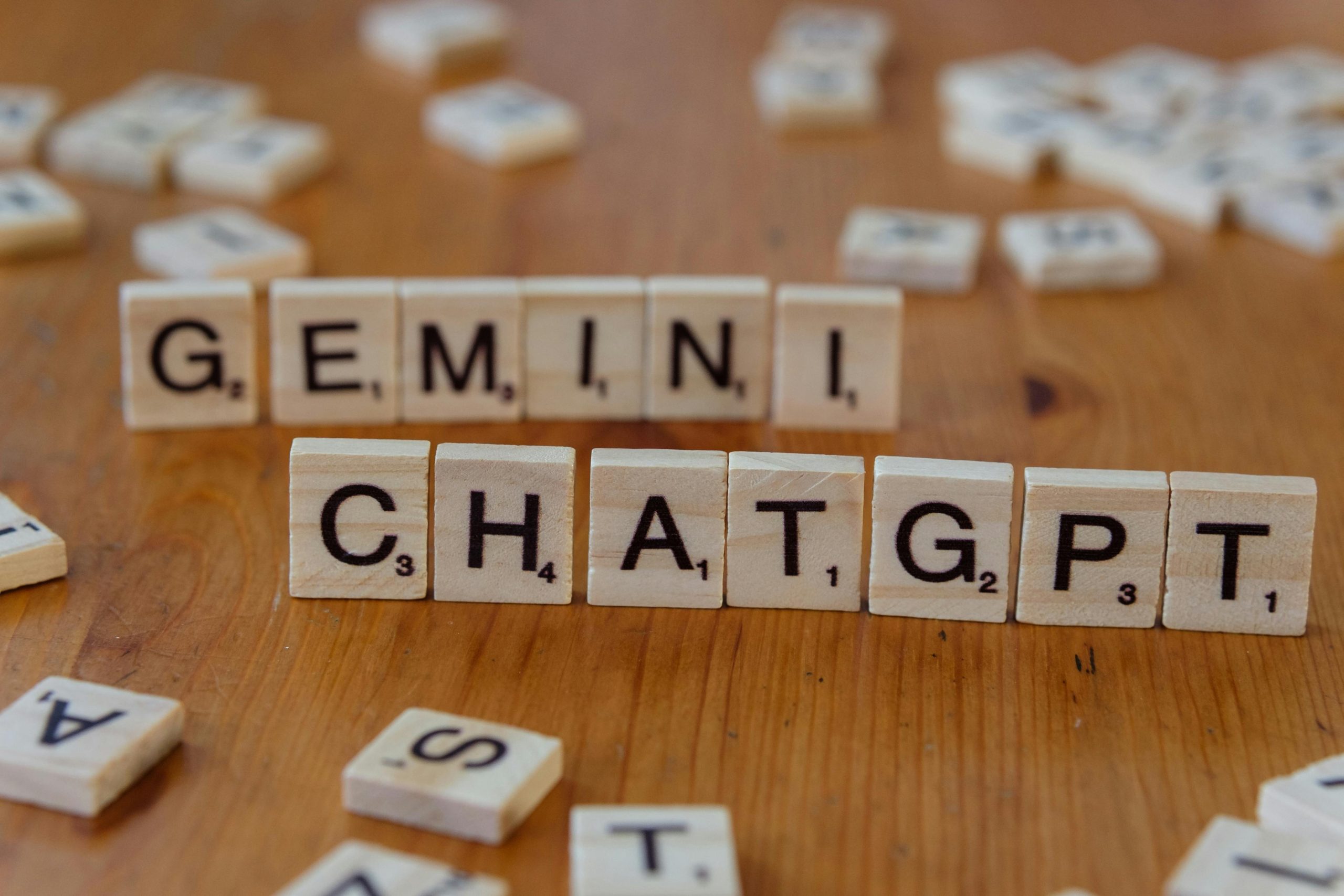Are “Language Models” simply Decoder-Only Transformers?
Understanding Language Models: Are They Just Decoder-Only Transformers?
In recent discussions surrounding language models, I’ve come across numerous research papers that reference “language models.” While it’s clear that the definition can vary depending on the context of each study, a looming question persists: are these language models predominantly synonymous with decoder-only transformers?
To illustrate this point, let’s take a closer look at an excerpt from the BART (Bidirectional and Auto-Regressive Transformers) paper. The authors state, “BART is trained by corrupting documents and then optimizing a reconstruction loss—the cross-entropy between the decoder’s output and the original document. Unlike existing denoising autoencoders, which are tailored to specific noising schemes, BART allows us to apply any type of document corruption. In the extreme case, where all information about the source is lost, BART is equivalent to a language model.”
This statement raises an intriguing inquiry: what exactly does the term “language model” signify in this context?
To unpack this, it’s important to understand the role of decoder-only transformers. These models typically focus on generating text by predicting the next word based on previous words, which is a fundamental characteristic of language modeling. However, as suggested by BART’s capabilities in adjusting to various corruption types and focusing on reconstruction, the definition and functionality of language models might be broader than just a specific architecture.
In essence, the term “language model” could embody different methodologies or structures, depending on the intended application and training regime. While many existing interpretations align closely with decoder-only architectures, the field is evolving, and so too is our understanding of what constitutes a language model.
As we continue to explore this area, it becomes clear that while decoder-only transformers are a significant aspect of language modeling, the landscape is more nuanced. The development of models like BART challenges us to reconsider our definitions and encourages deeper discussions about the future of natural language processing.
What are your thoughts on the relationship between language models and decoder-only transformers? Let’s engage in this conversation to broaden our perspectives!








1 comment